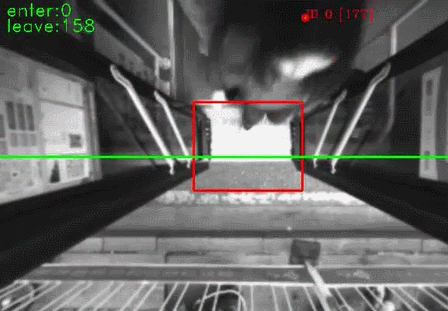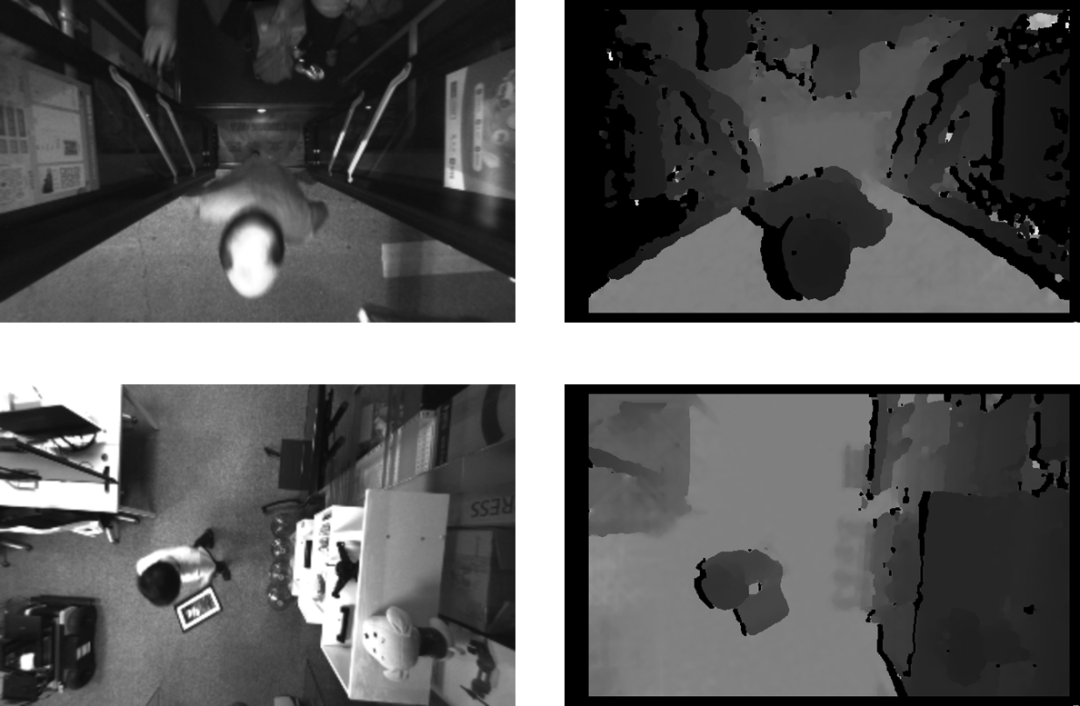Sensmode® 3D vision technology drives the application of in vehicle passenger flow statistics to assist in the intelligent operation of public transportation
Intelligent public transportation has become an industry trend
For our country, the significant decrease in public transportation volume caused by the epidemic, as well as the rise of urban rail transit, shared bicycles, and other forms of transportation, have posed significant challenges to the operation of public transportation companies, prompting the public transportation industry to adopt information and intelligent methods to actively respond.
| index | Year 2020 | Year 2019 | Year 2018 | Year 2017 | Year 2016 |
| Number of public buses and trams in operation (vehicles) | 589961 | 584026 | 565933 | 554820 | 515051 |
| Passenger volume of public buses and trams (10000 people) | 3951265 | 6288266 | 6356469 | 6627688 | 6826235 |
Five year changes in the operation data of public buses and trams from the National Bureau of Statistics
Previously, passengers were looking for buses, but now the trend is for buses to find passengers. By monitoring and analyzing the passenger flow of operating routes, optimizing routes, scheduling, and intelligent scheduling have become increasingly mainstream in the industry.
3D in car passenger flow monitoring helps transform intelligent public transportation
At present, a large number of buses use one-time card swiping or counting card payment methods, and the payment system only has the number of passengers boarding, not the number of passengers getting off. Accurately collecting passenger flow data is an urgent problem that needs to be solved. This requires installing some onboard passenger flow detection devices in the car. There are currently two technological methods in the field of vehicle passenger flow: infrared, 2D, and 3D. Among them, infrared technology has lower accuracy. The main solution at present is to use 2D and 3D technologies for passenger flow statistics. Among them, 3D passenger flow counting has three major advantages that stand out in continuous competition.
1. Technical robustness
Based on 3D depth information, a geometric mathematical model for human detection is obtained by modeling the head and shoulders, without the need to collect data for training. Based on direct measurement of geometric features, a universal mathematical model is formed, which is not affected by changes in light and shadow, skin color, height, small head accessories, hats, etc.

In complex lighting scenes, the accuracy of 2D technology decreases rapidly.
2. Implementation convenience
2D requires supplementary training in new scenes, such as changes in light and shadow, changes in human skin color, etc. 3D passenger flow is based on a 3D architecture, and new scenes generally do not require adjustments and can be used directly.

3. Legal compliance
The national standard requires that when collecting facial recognition data, explicit consent from the data subject should be obtained, and facial recognition data should not be used to evaluate or predict the data subject's work performance, economic status, health status, preferences, interests, and other situations. At the same time, other identification methods besides facial recognition should be provided for users to choose from, and the use of basic business functions by data subjects should not be refused due to users' disagreement with the collection of facial recognition data.

3D passenger flow technology does not collect facial or human body information, only requires viewing 3D depth map data, with no risk of legal violations.
Sensmode ® Binocular Vision AI Engine
The Sensmode Engine is based on a heterogeneous computing architecture, integrating binocular synchronous imaging technology, depth information perception technology, hardware algorithm acceleration technology, neural network image recognition technology, etc. It achieves algorithm acceleration at the edge, matches the scene requirements of depth data output from 100000 pixels to 10 million pixels, and has depth perception capabilities at different distances ranging from meters to kilometers, while supporting different range of viewing angle requirements.
Adhering to the mission of "accelerating the provision of visual AI productivity", Sensmode Engine focuses on serving independent software developers (ISVs) and industry application system integrators (SIs) through the use of the "Sensmode Inside" strategy. Sensmode Engine is committed to accelerating the popularization of visual AI applications together with video surveillance application developers.




